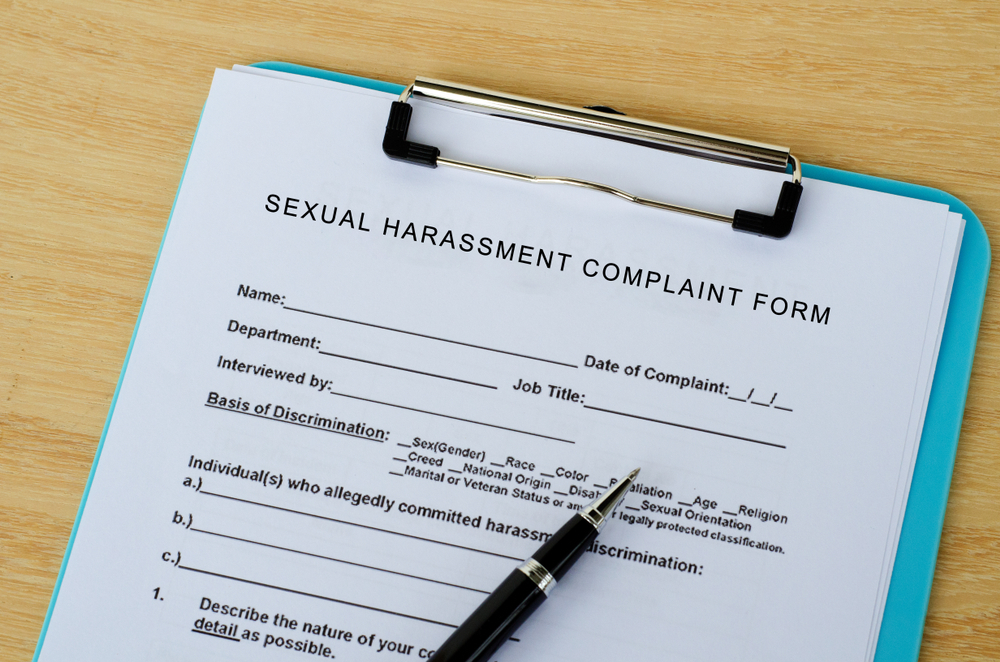You should already know how harassment laws apply to your convenience store, common myths about sexual harassment, and examples of many different types of harassment. All these topics are important for you to understand as a supervisor and to include in your harassment prevention training for other managers and all employees. Your policies on how harassment is reported and handled in your company can also play a key role in prevention. Here’s how:
Reduces fear of retaliation. Some victims of harassment are afraid to come forward. They may think that they could lose their job, have their hours cut, or not be scheduled for the best shifts. Your harassment prevention training must make it clear that no one who makes a good faith report of harassment will face repercussions from the company.
Improves confidence in management. When you have a clear reporting procedure that includes taking every claim of harassment seriously, employees will feel more comfortable bringing concerns of harassment to management. A report by the U.S. Equal Employment Opportunity Commission (EEOC) indicates that around 75 percent of women don’t report sexual harassment in the workplace, in part because they think they won’t be heard. As a manager, it’s your job to investigate, without bias, every report of harassment made to you. If you ever feel challenged by this task, consult with your supervisor or the human resources department.
Encourages witnesses to speak out against harassment. Harassment creates a hostile work environment even if the direct target of the harassment doesn’t want to make a report. Harassment affects your entire team. Let everyone on your staff know that you want to hear about what’s happening when you’re not around.
Prevents harassing behavior from escalating. Although many people think of harassment as clearly over-the-top behavior, it doesn’t always start that way. Innocent and even well-meaning behavior can escalate to harassment in some cases. Sometimes, all it takes is a simple conversation with the harasser to put an end to the behavior before it creates a hostile environment, but that can’t happen without some kind of report being made.
Harassment prevention is dependent on people and processes working together to create a friendly and inviting environment for every employee.
Harassment Prevention Training
Knowledge is power. The best way to prevent harassment is to give employees and managers the information they need to recognize harassing behavior and report it. Our online harassment training course(s) can help managers and employees see the big picture of harassment by answering important questions that are often misunderstood. Click here for more information.





